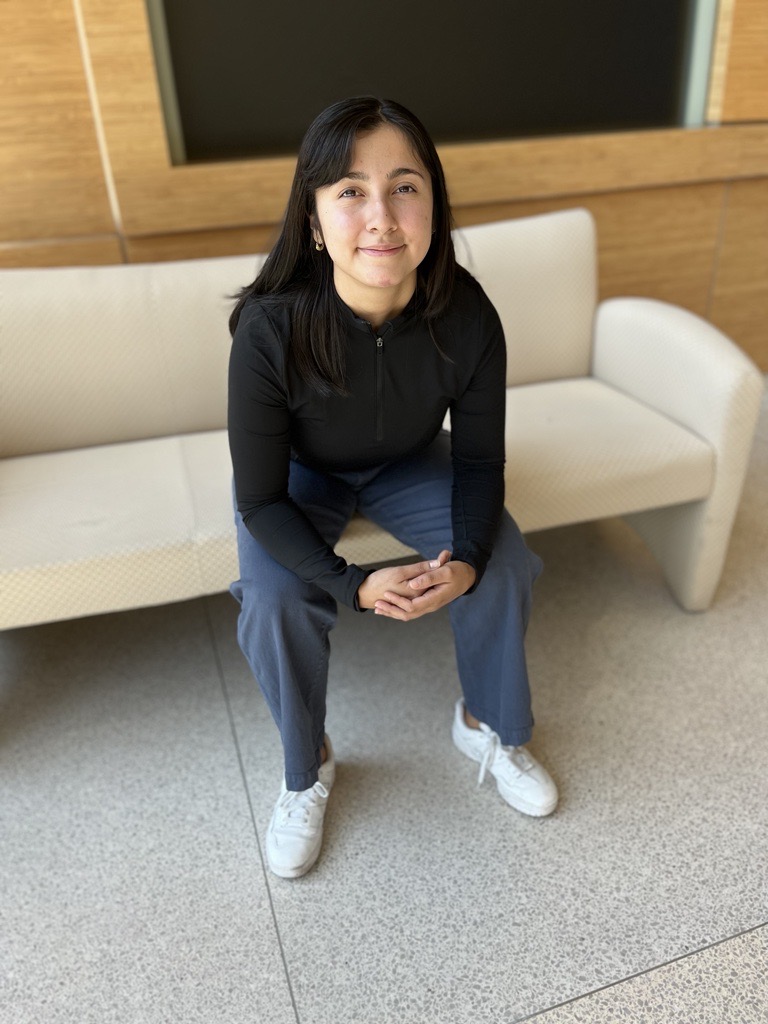Functional and Systems Biology
Environmental Transformations and Interactions
Empowering the Future of Science
Interns gain hands-on research experience at the Environmental Molecular Sciences Laboratory

The Environmental Molecular Sciences Laboratory (EMSL) has 27 interns who are working in biology, environmental science, and computing. (Photo provided by iStock.)
In the dynamic world of scientific research, internships are a vital stepping stone for aspiring scientists to obtain hands-on experience. Internship opportunities are available year-round at the Department of Energy’s (DOE) Environmental Molecular Sciences Laboratory (EMSL).
EMSL is one of DOE’s three Biological and Environmental Research program user facilities and sits on the Pacific Northwest National Laboratory (PNNL) campus. Internships at EMSL focus on laboratory experience in the areas of biological, environmental, and computational science.
This year, EMSL has 27 interns, ranging from undergraduate students to those pursuing a PhD. This cohort of interns also includes DOE Science Undergraduate Laboratory Internships (SULI) and Community College Internships (CCI). These internships are managed through PNNL’s Internship Program. Each intern is mentored by the associated EMSL Integrated Research Platform (IRP) team for that particular area.
In recognition of National Internship Day on July 27, we are featuring three of EMSL’s interns, one from each of EMSL’s science areas of biology, environmental science, and computing.
Biology: Irlanda Medrano

Irlanda Medrano, an undergraduate student studying biology at Washington State University Tri-Cities, is a SULI intern working with EMSL’s Cell Signaling and Communications Integrated Research Platform.
In this IRP, scientists leverage their expertise in systems biology, functional genomics, and biochemistry with high-resolution imaging and single-cell multi-omic measurements to better understand the mechanisms by which cells communicate and exchange chemical signals.
What is your ultimate career goal?
As I gain more insight into the several fields within biology and other sciences, I see myself pursuing a career focused on understanding biological pathways and systems in plants.
Describe your internship at EMSL.
For the past 10 weeks, I have been assisting with a project characterizing terpene-responsive microbes and proteins in the biofuel plant sorghum’s root microbiome. Terpenes are secondary metabolites in plants that have many biological activities that promote plant health and development. One of the activities of terpenes observed is the modulation of the root microbiome according to the plant’s needs, yet the terpenes’ mechanisms or target microbes in sorghum’s root microbiome are unknown.
The approach being utilized to elucidate terpenes’ root microbial activities is activity-based protein profiling, in which a chemical probe mimicking a sorghum root-derived terpene labels the unknown target proteins for further isolation and study. My role in the project involved screening the probes for selectivity factors, from which we concluded that our probes are indeed selective for terpene-responsive proteins. From these results, future research characterizing sorghum’s root microbiome can commence. Ultimately, the functional understanding of sorghum’s terpene-root microbe interactions can pave the way toward engineering sorghum and its root microbiome to improve biofuel production, a goal aligned with the DOE’s goal of clean energy.
What have you learned from your internship experience at EMSL?
Thanks to this internship, I refined my undergrad in-lab skills while deepening my understanding of the principles behind them. I had the opportunity to learn new techniques as well, such as flow-cytometry and probe-labeling methods. What made this internship the most fulfilling for me was gaining insight into what being a scientist entails. From the amazing seminars and one-on-one interactions here at PNNL, I’ve learned practical advice for navigating my way toward my career aspirations.
Why should others seek internships at EMSL?
As an EMSL intern, you will be welcomed into a collaborative, interdisciplinary team willing to guide you in any inquiries you may have, whether they be about your project or career prospects. The advanced technologies housed in EMSL add to the holistic research experience interns can expect to utilize further down their career path. Interns can expect growth in skills and meaningful connections within their desired field by being an intern at EMSL.
Environmental Science: Tania Gautam
Tania Gautam is a PhD intern working with EMSL’s Terrestrial-Atmospheric Processes IRP. This IRP investigates molecular transformations, the physical processes that control them, and the coupling of terrestrial and atmospheric processes. These studies help scientists understand cloud formation, air quality, and nutrient deposition.
Although Gautam is in her last year of PhD work, she decided to extend her PhD degree for one more year to explore research at EMSL and PNNL. Her PhD is in Analytical Environmental Chemistry, which is an extension of her bachelor’s specialization in chemistry. Her education was primarily completed at the University of Alberta in Edmonton, Canada.

What is your ultimate career goal?
This is tough to answer, but I guess down the road, I’d like to be a part of the scientific policy governing body at the federal level in my home country, Canada.
Describe your internship at EMSL.
The primary focus of my research is on chemical imaging and/or molecular characterization of aerosols. More specifically, my work is focused on the application of electron microscopy, spectroscopy, and/or mass spectrometry to characterize atmospheric particles.
What have you learned from your internship experience at EMSL?
Given my 7 months’ time at EMSL, I have grown confident in acutely analyzing large data sets by utilizing advanced coding languages, e.g., Python and R. I think my experience through this internship has been very useful in broadening my level of expertise in both applied sciences as well data processing.
Why should others seek internships at EMSL?
PNNL offers wide exposure to the scientific and public communities, giving an opportunity for a young researcher to broaden their network and learn new techniques while simultaneously exploring additional career opportunities.
Computing: James Carr

James Carr is finishing his second and final year as a master’s student in bioinformatics at the University of Oregon. He is currently interning with EMSL’s Computing, Analytics, and Modeling (CAM) science area’s Data Transformations Integrated Research Platform.
What is your ultimate career goal?
I aspire to lead the development of software tools tailored for scientific research, specifically the analysis and processing of omics data, and utilize ML (machine learning) and LLM (large language models) to allow for more efficient and accurate research. Ideally, I would like to start a biotech company that creates these tools specialized for specific labs and projects.
Describe your internship at EMSL.
I am in a 9-month internship with the CAM team to develop a metabolomics reference database and get it ready for production.
What have you learned from your internship experience at EMSL?
I have learned a lot about mass spectrometry, chemistry, and gained valuable skills in various software packages used when making the database.
Why should others seek internships at EMSL?
There is a lot of opportunity to learn at EMSL. There is great technology and great minds here, and there is so much opportunity to explore new things. Or you can specialize in one thing. The world is your marine bivalve.

